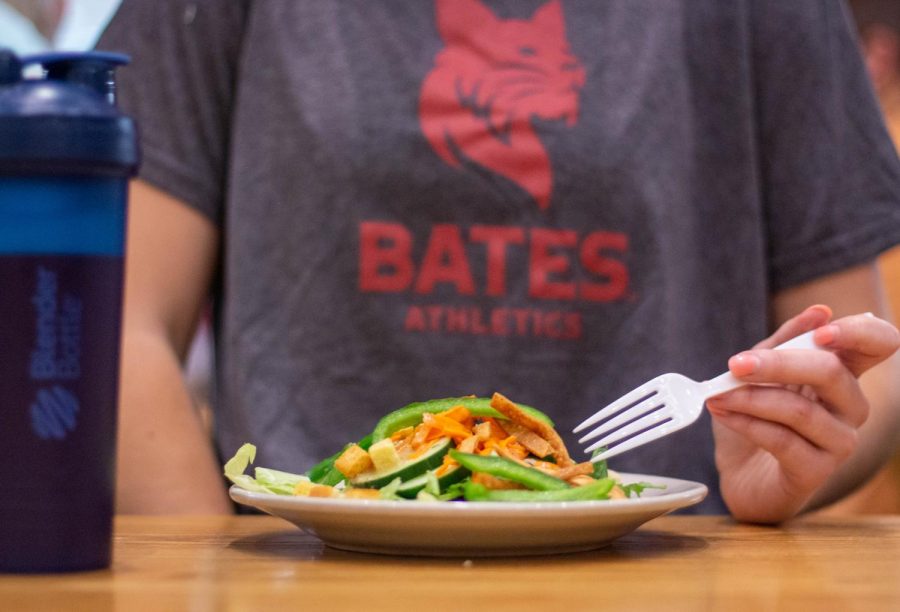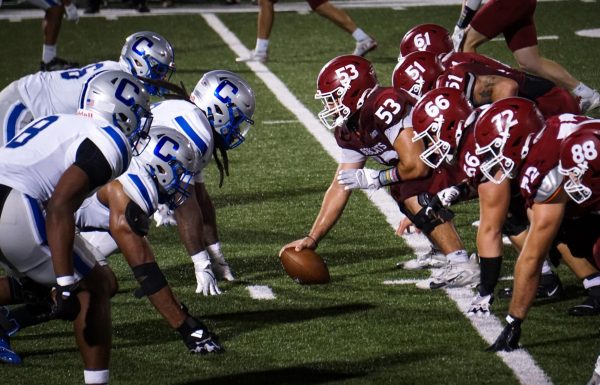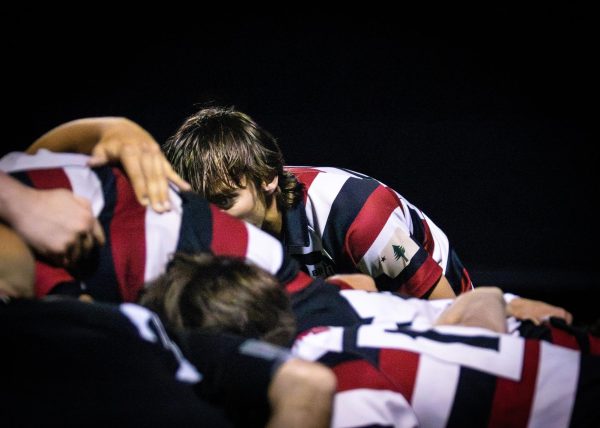The Prevalence of Disordered Eating in Athletics
There are many resources if you or someone you know is suffering from disordered eating.
For decades upon decades, sports have been an integral part of the college experience: whether we are out on the field or watching from the bleachers, sporting events at college have a defining effect on the lives we lead on campus. From stellar time management skills to cohesive teamwork, the benefits that come out of collegiate athletics are plentiful. However, the added levels of stress, busyness, and pressure can often be detrimental to athletes’ habits and ways of life, leading to a direct increase in anxiety, academic struggles, and eating disorders.
Although disordered eating on college campuses is not an issue that strictly affects athletes, these issues are certainly more prevalent among them, particularly in certain sports that consider your appearance, such as gymnastics or figure skating, or your weight, such as rowing or wrestling. While Bates doesn’t have a gymnastics, figure skating, or wrestling team, these issues can plague all athletes.
On an individual level, as Visiting Assistant Professor of Psychology Su Langdon puts it, these issues are both more severe and more complex than they appear, and unfortunately, far more prevalent than statistics may report.
Wendy Kjeldgaard, the counseling & psychological services (CAPS) eating disorder specialist, told The Student there are many factors that can lead one towards an eating disorder. There’s the outer contributors, such as social media and television, and then the internal components: neurological, personality, and biological factors that can make one more susceptible to eating issues.
The environment that we are surrounded by affects the way we feel about ourselves, and in the intense, strict setting of collegiate sports, questioning your own habits is a frequent and natural occurrence.
The dynamic of being on a team can be somewhat of a double edged sword for this reason, as athletes tend to mimic the habits of certain, more successful teammates, and often to the extent of watching their plate size and contents.
Mary Richardson, a senior member of the women’s cross country team, remarked that “It’s so easier to see someone is faster, stronger, than you and notice that they happen to be eating out of a small bowl. Keep your eyes on your own bowl.”
We are all different, and we need to treat our bodies as such. So, how does one walk the line between a healthy, well balanced relationship with food versus a toxic one?
There’s certainly no clear playbook; the journey is different for every person who experiences it, but as an athlete, here are some mile markers to consider: Be mindful of what your goal is, and how much of your time and emotional energy you put into this. When you lose sight of that, step back and reassess. Consider your workout recovery process, the fluctuation of your energy, and for female athletes, the consistency of your menstrual cycle.
Is your diet starting to impact other aspects of your life? There is no distinct line; nobody has a perfect relationship with food, but acknowledge your compulsions, routines, and mentality.
The age of social media has had resounding effects on the world of eating issues in younger generations. TikTok is flooded with “what I eat in a days” videos, and Instagram is jam-packed with photoshop and filtering. It’s hard to see these things and not feel inclined to compare yourself, but the first and most important step in this realm is self awareness.
Be careful how you curate your feed, and be mindful that social media is just a highlight reel. Though these platforms leave room for a lot of toxicity, Richardson shows us better than anyone that they also have the potential for so much good. She started her account, @motivationwithmaru, in 2017 and since then has worked to post positive motivational content, from explanations of body neutrality to day in the life vlogs.
Richardson started this account with the intention to “be the big sister, the role model, or friend that people need,” and that she certainly has done, helping many athletes acknowledge their situations and inspiring them to take the necessary steps to follow.
When considering these issues, one must also consider the road to recovery.
“If you’re struggling in two feet of water, or 10 feet of water, you’re still struggling,” Richardson said.
Attending a small college, we are lucky to have the resources that we do all around us, and the best thing one can do is simply act on them. Reach out to a coach, a teammate, or a JA.
Schedule an evaluative meeting with Jenny Martinez Nocito, the Bates dietician. CAPS is right down the road for same day walk-in appointments. Having these resources all around us, the most important thing we can do is to choose to use them, control the controllables, and understand that this process is anything but linear.
As Langdon put it, “Even a tiny baby step in the right direction is a step in the right direction. There is no reason to suffer. It is possible to recover, hold the hope that you can get better.”
If you or someone you know is struggling with disordered eating, you can reach out to CAPS at [email protected].
Your donation will support the student journalists of Bates College and help us cover our annual website hosting costs.

Sydney is a senior from Simsbury, Connecticut. She majors in Environmental Science and minors in Philosophy, but has a particularly strong passion for...







